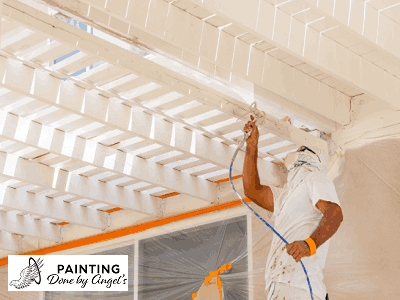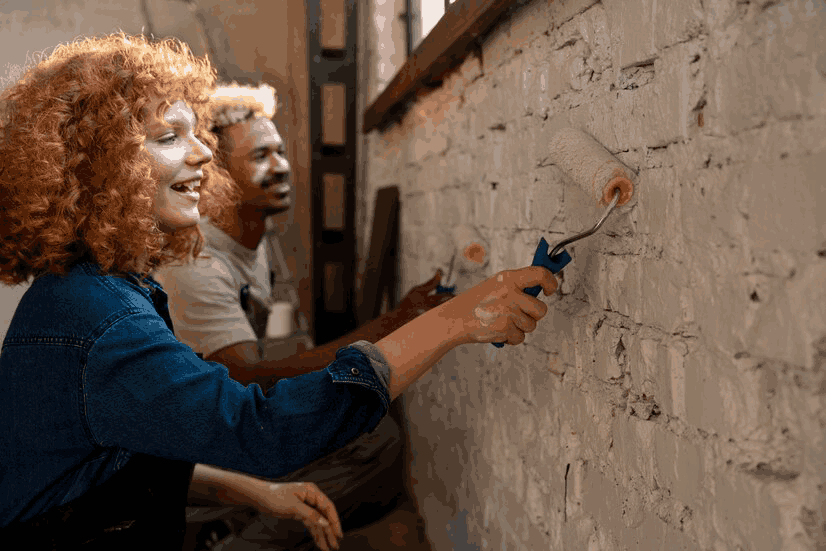Unveiling the secrets to timeless wood beauty, our blog today revolves around the art of wood staining. At Staining Stories, we understand the significance of transforming ordinary wood into extraordinary pieces that stand the test of time. Whether you’re considering interior or exterior projects or residential or commercial endeavors, our wood staining tips will guide you toward achieving enduring allure. From enhancing the natural grain to protecting against the elements, we delve into the intricacies of the staining process, providing insights that ensure your wood projects radiate a classic charm. Join us as we navigate the realm of wood staining, offering practical advice that transcends trends, making your wood surfaces not just aesthetically pleasing, but also resilient in the face of time’s passage. Let the journey to everlasting wood beauty begin.
Understanding Wood Types
Embarking on the path to timeless wood beauty demands a profound understanding of diverse wood types. Softwoods like pine and hardwoods such as oak exhibit unique characteristics, responding uniquely to the staining process. Pine, with its softer grain, may absorb stains differently than the dense, intricate grain of oak. This disparity in wood types significantly influences the final aesthetic, urging enthusiasts to tailor their staining approach to the specific nuances of each species. By appreciating these distinctions, one can unlock the full potential of wood staining, creating projects that resonate with enduring allure.
Sealing for Protection
Learn about the significance of sealing your stained wood. Whether opting for polyurethane, lacquer, or another sealant, this step is crucial for safeguarding your wood against moisture, UV rays, and daily wear and tear.

Choosing the Right Sealant
Selecting an appropriate sealant is the first critical decision. Polyurethane offers a durable, water-resistant finish, ideal for high-traffic areas. Lacquer, known for its quick-drying properties, suits intricate woodwork. Each sealant type has its unique advantages, requiring consideration of your project’s specific needs.
Application Techniques
The application of the chosen sealant demands attention to detail. Brushing, spraying, or wiping – the technique influences the final appearance and durability. A uniform application is crucial to ensure comprehensive protection. Understanding the nuances of each method aids in achieving a flawless, safeguarded finish.
Maintenance Practices
Post-sealing, adopting proper maintenance practices is key. Regular cleaning with mild solutions, avoiding harsh chemicals, and periodic inspections for signs of wear are essential. This diligence ensures that your stained wood not only retains its aesthetic allure but also continues to resist the challenges posed by the environment.
In sealing your stained wood, you’re not just preserving its beauty; you’re investing in its resilience against the elements. Whether it’s the daily rigors of life or the impact of weather, a well-sealed wood finish remains an enduring testament to the timeless allure of craftsmanship.
Consideration for Indoor vs. Outdoor Staining
Recognize the distinct challenges posed by indoor and outdoor staining. Factors like exposure to sunlight, temperature variations, and humidity levels play a pivotal role in choosing the right stain and sealant.

Analyzing Sunlight Impact
Sunlight poses different challenges for indoor and outdoor staining. Indoor projects may require protection against prolonged exposure to artificial light, while outdoor woodwork demands defenses against harsh, direct sunlight. Considering these nuances ensures that your stained wood maintains its color integrity over time.
Temperature and Humidity Considerations
Temperature fluctuations and humidity levels contribute to wood’s expansion and contraction. Indoor woodwork may experience controlled conditions, whereas outdoor projects face unpredictable elements. Adapting your staining and sealing approach based on these factors ensures the longevity of your wood finish in any environment.
Choosing Weather-Resistant Stains
Outdoor staining demands weather-resistant stains that can withstand the elements. Exploring options designed to repel water, resist fading, and endure extreme temperatures ensures your wood projects remain resilient. Understanding the formulations and specifications of stains tailored for outdoor use is pivotal in making informed choices.
Balancing Aesthetics and Durability
Achieving a balance between aesthetics and durability is the ultimate goal when staining for indoor or outdoor environments. The chosen stain and sealant should not only enhance the visual appeal of your woodwork but also provide robust protection against the specific challenges each environment presents.
By recognizing the unique challenges of indoor and outdoor staining, you empower yourself to make informed decisions. Whether it’s the controlled environment of your living space or the unpredictable outdoors, understanding the variables ensures that your wood projects stand the test of time.
Grasping Staining Techniques
Delving into the world of wood staining involves a comprehensive exploration of various techniques. Whether you opt for wiping, brushing, or spraying, each method imparts distinctive textures and finishes to your woodwork. Wiping, for instance, may provide a subtle, blended appearance while brushing enhances the wood’s natural grain. Meanwhile, spraying offers a more even application, particularly suited for large surfaces. Understanding these techniques empowers craftsmen to select the method that not only aligns with their aesthetic preferences but also caters to the specific demands of their unique projects.
Choosing the Right Stain
Navigating the extensive array of available stains requires a discerning eye and an understanding of the diverse options. From oil-based stains, offering rich color and durability, to water-based counterparts, known for quicker drying times and environmental friendliness, each type presents its advantages and considerations. The choice between these options significantly impacts the staining process, affecting factors like drying time, color intensity, and the long-term resilience of the wood finish. Careful consideration and informed decision-making during this stage are paramount for achieving the desired aesthetic and durability in wood staining projects.
Our exploration of wood staining tips for timeless beauty in “Staining Stories,” emphasizes the transformative power of understanding wood types, mastering staining techniques, and making informed choices in stains and sealants. Crafting woodwork that withstands the tests of time requires not just skill but a nuanced approach to preservation. At Painting Done By Angels, we recognize the artistry in wood staining, weaving tales of enduring beauty. If you’re ready to embark on your own staining story or seek expert guidance, we invite you to reach out. Contact us at 625-440-7185. Let’s turn your wood projects into timeless masterpieces, enhancing both aesthetic charm and longevity in Scottsdale, Arizona, and beyond.


